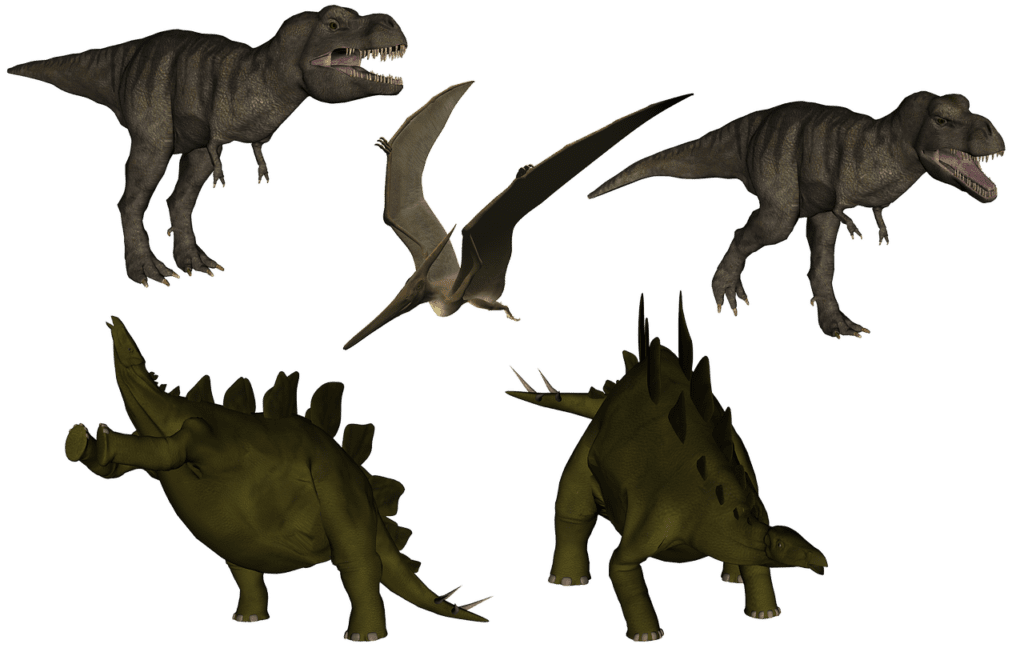Dinosaur names are almost as cool as the dinosaurs themselves. If you’re a dinosaur enthusiast, chances are you’re already familiar with popular dinosaurs like the T-Rex, Triceratops, and Stegosaur. But if you’re hungry for more dinosaur knowledge, don’t worry! We’ve got you covered.
Listing every known dinosaur species would take too long, so instead, let’s explore some of the most iconic dinosaurs. We’ll discuss the meaning of their names, their appearance, and share some interesting trivia. But first, let’s delve into how dinosaurs as a group got their name.
How dinosaurs are named
The term ‘dinosaur’ was first coined in 1842 by English biologist Sir Richard Owen. The name dinosaur literally means “terrible lizard”, which we can safely say is a pretty fair description (at least in most cases). It comes from two Greek words: deinos, meaning “terrible,” and saurus, meaning “lizard.”
Individual dinosaur species are named in various ways. Often, dinosaurs were named after their distinctive features. For example, Baryonyx means “heavy claw,” Corythosaurus means “helmet lizard”, and Tyrannosaurus means “tyrant lizard”. I think you get the point.
In some other cases, researchers name dinosaurs after the location of the first fossil discovery. An example is Albertasaurus (from Alberta, Canada) or Utahraptor and Denversaurus.
Before we dive into individual species and their names, let’s explore a few Greek roots that will help you understand dinosaur names better.
- Draco: from Rakon – means Dragon;
- Hippos: from Hippos – means Horse;
- Hydro: from Hydro – means Water;
- Ortho: from Orthos – means Straight, Right, or Upright;
- Macro: from Makros – means Large;
- Micro: from Mikros – means Small;
- Mega: from Megas – means Huge;
- Morph: from Morph – means Shape;
- Poly: from Polys – means Many.
Now that we’ve covered the basics, let’s dive into some fascinating dinosaurs.
Dinosaur name examples
We’ll get into more details about the dinosaurs themselves and their names, but first, here are some dinosaur names examples.
| Dinosaur Name | Meaning/Named From |
|---|---|
| Tyrannosaurus | “Tyrant lizard” |
| Velociraptor | “Swift thief” |
| Brachiosaurus | “Arm lizard” |
| Stegosaurus | “Roofed lizard” |
| Triceratops | “Three-horned face” |
| Allosaurus | “Different lizard” |
| Diplodocus | “Double beam” |
| Spinosaurus | “Spine lizard” |
| Ankylosaurus | “Fused lizard” |
| Pterodactyl | “Winged finger” |
| Parasaurolophus | “Near crested lizard” |
| Iguanodon | “Iguana tooth” |
| Megalosaurus | “Great lizard” |
| Compsognathus | “Elegant jaw” |
| Apatosaurus | “Deceptive lizard” |
| Archaeopteryx | “Ancient wing” |
| Gallimimus | “Chicken mimic” |
| Hadrosaurus | “Bulky lizard” |
| Oviraptor | “Egg thief” |
| Microraptor | “Small thief” |
Tyrannosaurus Rex
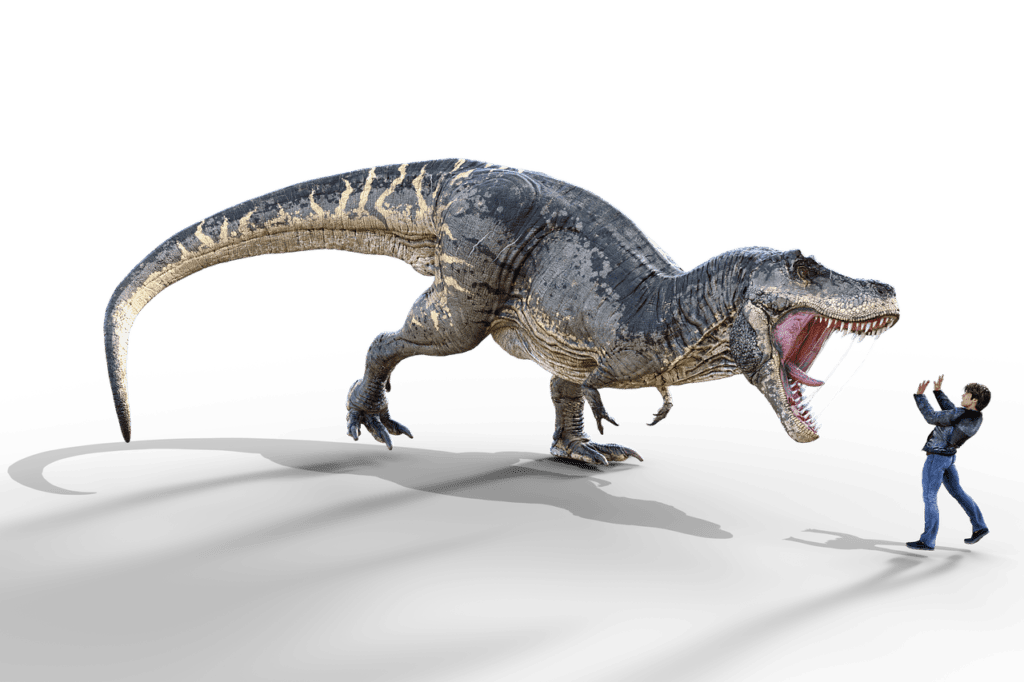
Let’s start with the king: Tyrannosaurus rex means the “Tyrant Lizard King”, and you could hardly imagine a better name. It was named in 1905 by Henry Fairfield Osborn, who was then the president of the American Museum of Natural History.
T-Rex roamed the Earth during the late Cretaceous period, the final era of dinosaur dominance. Although its existence spanned a mere two million years (relatively short compared to other dinosaurs), it left a lasting impact.
This dinosaur holds the title of being one of the largest known land predators, boasting the strongest bite among all terrestrial animals. While it was likely an apex predator, some paleontologists debate whether the T-Rex exclusively hunted or also scavenged for food.
From here on, we will focus on dinosaur genera instead of individual species. We thought we’d give T-Rex a category of its own.
Stegosaurus
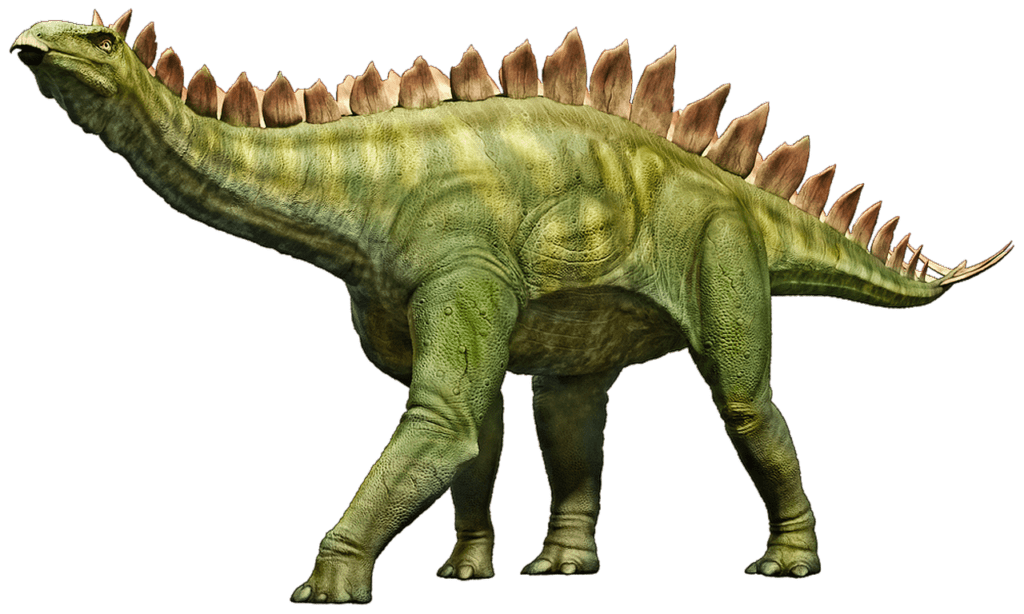
Stegosaurus, an older dinosaur compared to Tyrannosaurus rex, lived approximately 150 million years ago. So, contrary to popular depictions, T-Rex and Stegosaurus did not coexist. Nevertheless, if you had the chance to witness a Stegosaurus in its prime, it would have been a truly awe-inspiring sight.
Stegosaurs were large, heavily built herbivores with rounded backs and spiky tails that they likely held high in the air. While their tails were likely used for defense against predators, recent research suggests that their recognizable back plates served a different purpose: thermoregulation. These plates were highly vascularized, allowing the dinosaur to regulate its body temperature. They might have also played a role in mating displays, challenging the previous belief that they were primarily for defense.
Triceratops
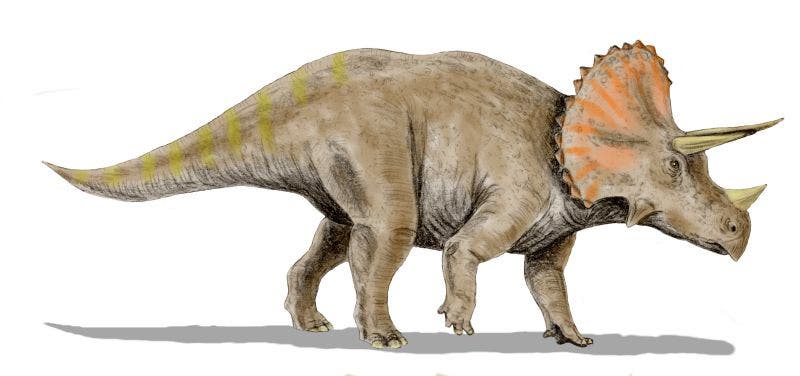
Unlike the Stegosaurus, Triceratops coexisted with the T-Rex, making their potential encounters intriguing to imagine. The first discovery of a Triceratops skull must have been a remarkable experience for paleontologists. This massive dinosaur was built like a tank. It featured three devil-like horns on its armored head, a truly iconic sight.
Its name literally means “three-horned-face”. However, despite its intimidating appearance, Triceratops was an herbivore.
The Triceratops is one of the last known true dinosaurs, having gone extinct 66 million years ago. Its robust body made it a challenging prey for predators, and as a result, many well-preserved Triceratops fossils have been found, allowing for detailed study. They are among the most common dinosaur fossils from the late Cretaceous period.
Velociraptor
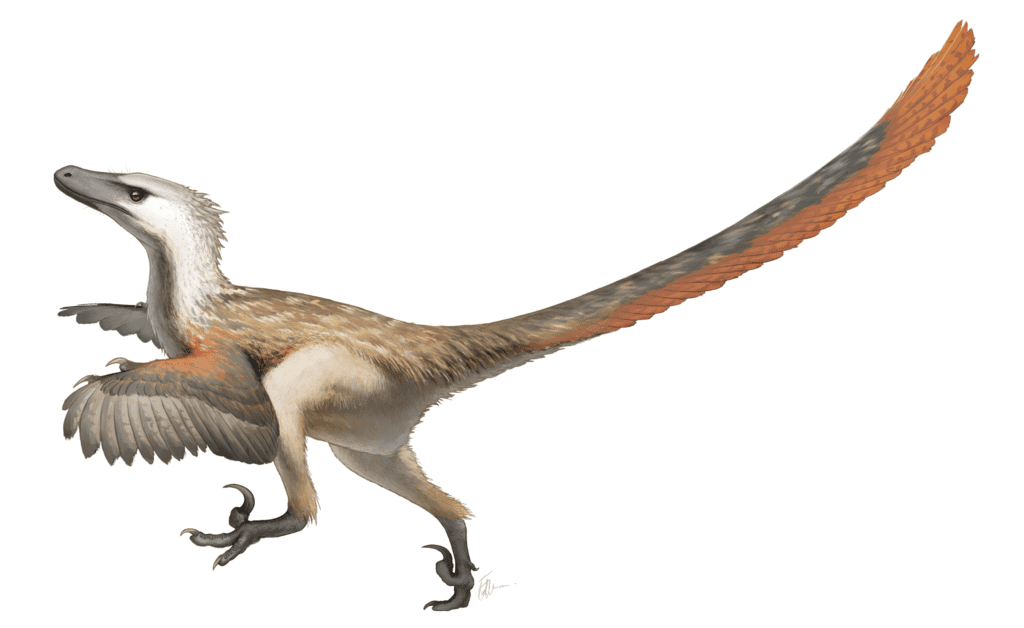
Velociraptor, although not as imposing as its counterparts, is still a fascinating dinosaur. Contrary to popular belief, it lived a few million years before the emergence of T-Rex, rather than during the same period. Velociraptors were small, dog-sized dinosaurs belonging to the Dromaeosaurid family. The largest velociraptors measured around 2.07 meters (6.8 feet) in length and 0.5 meters (1.6 feet) in height.
Actually, one of paleontology’s most remarkable fossils features a velociraptor is fighting a Protoceratops andrewsi. The fossil is so striking because it shows a distinct example of predatory behavior in the dinosaur kingdom.
In contrast to the portrayal in Jurassic Park, velociraptors were covered in feathers or furry feathery coats. They were likely warm-blooded to some extent. While there is no solid evidence supporting the idea that velociraptors hunted cooperatively, recent findings indicate that they moved in groups occasionally. The pack-hunting hypothesis remains uncertain.
When did dinosaurs live?
Dinosaurs lived during a period called the Mesozoic. The Mesozoic is split into three large periods: the Triassic, the Jurassic, and the Cretaceous. The image below shows the timeline of their existence.
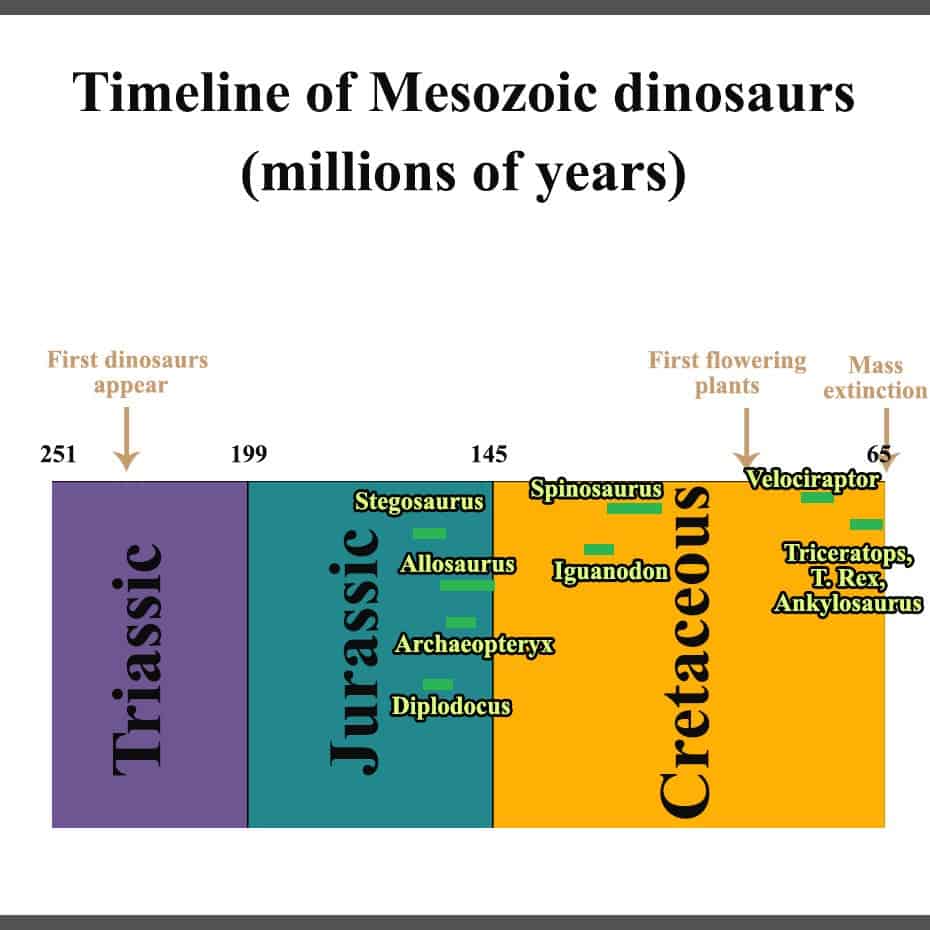
Spinosaurus
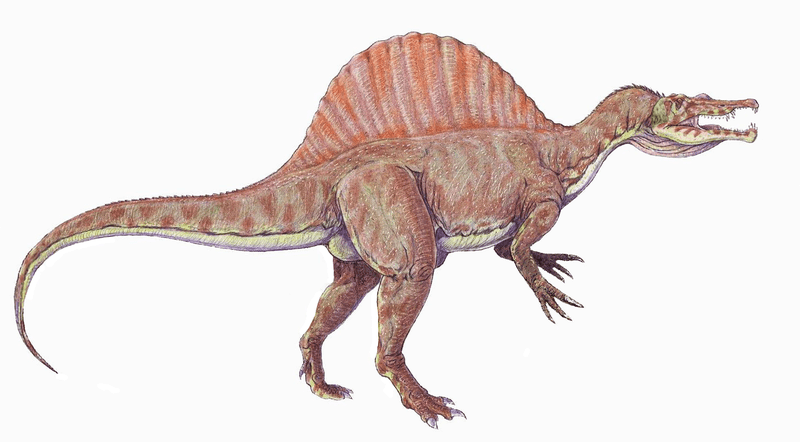
Spinosaurus, one of the largest carnivorous dinosaurs ever known, lived approximately 100 million years ago during the early to mid-Cretaceous period. It rivaled, and possibly surpassed, the size of Tyrannosaurus rex. This dinosaur’s name is derived from its massive neural spines along its back. The exact function of these spines is still debated, but similar to the Stegosaurus, they likely played a role in thermoregulation and display rather than defense.
While it was once believed that Spinosaurus primarily fed on fish due to its elongated jaws, raised nostrils, and conical teeth, recent discoveries suggest that it was a versatile predator. Fossil evidence, including the presence of another dinosaur’s bones in its belly, indicates that Spinosaurus was an opportunistic predator, capable of hunting prey within its size range.
Allosaurus
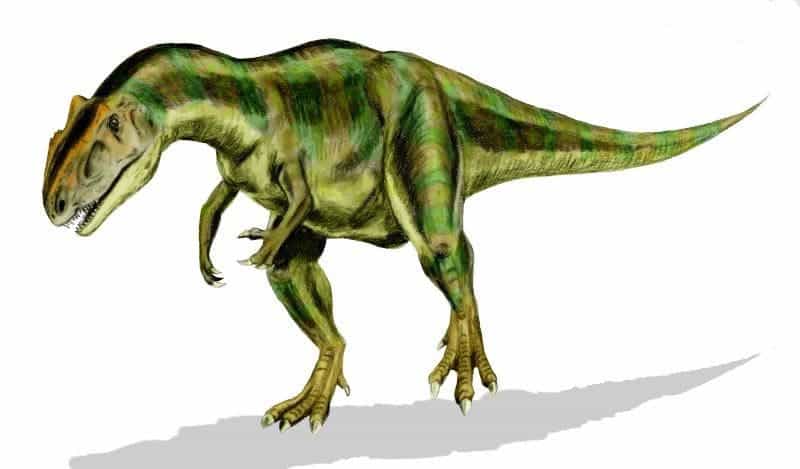
The name “Allosaurus” translates to “different lizard,” referring to its distinctive concave vertebrae, which were unique at the time of its discovery. Allosaurus, a large predator resembling the Tyrannosaur, measured over 9.5 meters (31 feet) in length, with some partial findings suggesting it could grow even larger. There is ongoing debate about whether Allosaurus hunted in packs, but it remains one of the fiercest predators of its time.
Similar to many other predatory dinosaurs and ancient/modern crocodiles, Allosaurus constantly grew, shed, and replaced its teeth. Despite the uncertainty surrounding its pack-hunting behavior, Allosaurus was more than capable of hunting prey on its own, as supported by several studies.
Archaeopteryx
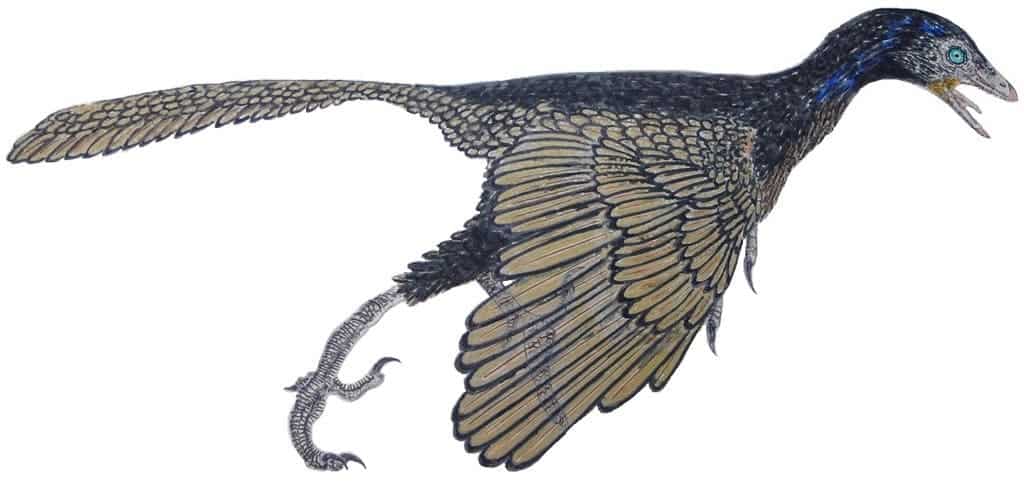
Archaeopteryx holds a special place in dinosaur history as a significant fossil find. Although it’s not a dinosaur in the strictest sense, it represents a crucial transitional species between dinosaurs and birds. Archaeopteryx lived during the late Jurassic period, around 150 million years ago.
This fascinating creature shared characteristics of both dinosaurs and birds. It possessed feathers, wings, and claws like a bird, but retained dinosaur-like features such as sharp teeth instead of a beak, three fingers with claws, and a long, bony tail. Archaeopteryx provides valuable evidence for the evolutionary link between dinosaurs and modern birds.
The name comes from the Greek archaios, which means “ancient”, and pteryx, which means “feather”. Archaeopteryx was not a large creature. It was similar in size to a magpie, and the largest individuals might have reached the size of a crow.
Megalosaurus
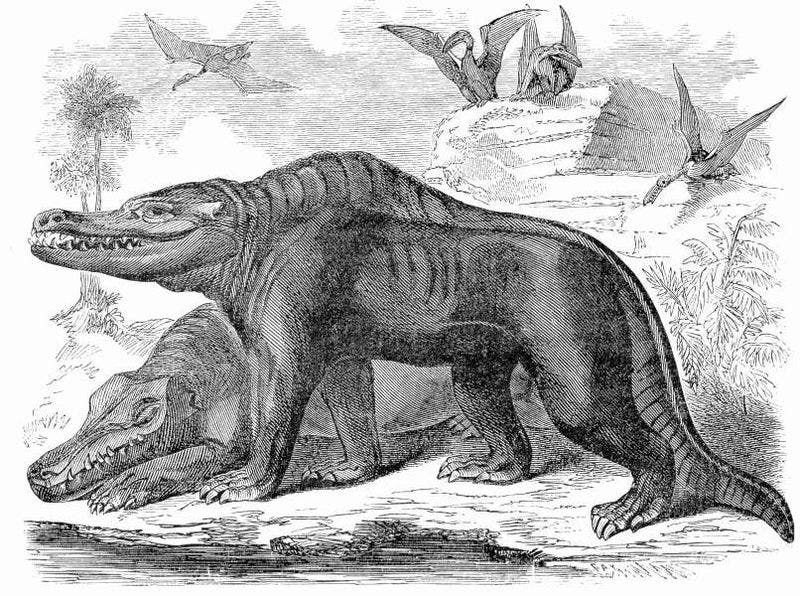
Megalosaurus truly deserves its title as the “giant lizard”, as its name implies. This large, carnivorous dinosaur lived during the middle Jurassic period and is believed to be one of the first dinosaurs properly described in scientific literature. Early naturalists initially thought it was a massive 20-meter (65-foot) lizard, but recent studies suggest a size range closer to 6 meters (20 feet).
Megalosaurus is truly worth the title of “giant lizard”, as its name implies. It was a large, meat-eating dinosaur from the middle Jurassic and is quite possibly the first dinosaur ever described properly in the scientific literature. Early naturalists considered it to be a gigantic 20-meter (65-foot) lizard, although more recent studies have found it to be probably in the 6-meter range (20 feet).
Megalosaurus likely hunted stegosaurs, iguanodons, or even sauropods. It was probably bipedal, although early reconstructions depicted it as quadrupedal. However, despite its long-known existence, there is still much to learn about this dinosaur, particularly its skull shape.
Diplodocus
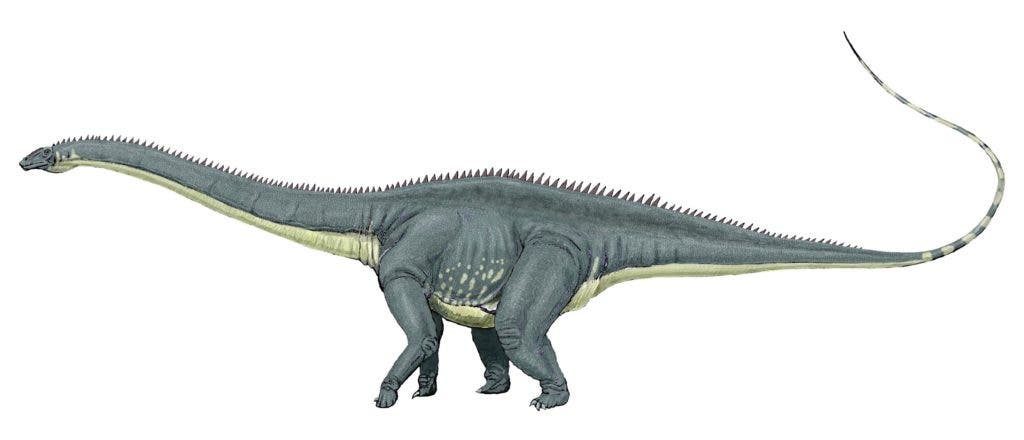
Diplodocus is one of the largest dinosaurs discovered to date. Diplodocus carnegii, a Diplodocus species, is known for preserving a complete skeleton and is considered one of the longest dinosaurs. However, other individuals of Diplodocus likely reached even larger sizes.
Diplodocus lived approximately 152 million years ago and, like most sauropods, had a long neck, tail, and four sturdy legs. The unique size and shape of Diplodocus have puzzled paleontologists regarding how sauropods were able to breathe efficiently.
Sauropods like Diplodocus likely had an avian respiratory system, which is more efficient than reptilian or mammalian systems. Diplodocus fed on trees, ferns, and bushes, reaching heights of up to 4 meters. Additionally, reconstructions suggest that it could use its tail as a prop, allowing it to adopt a stable tripodal posture and reach heights of up to 11 meters. The development of such a long neck may have provided feeding advantages similar to those of giraffes.
Ankylosaurus
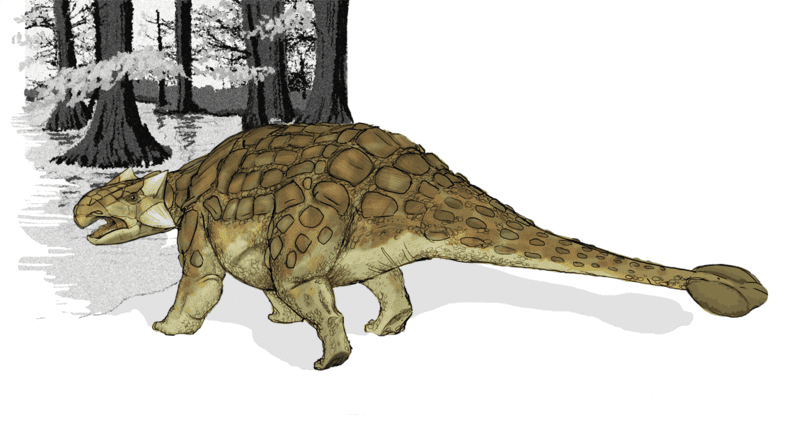
Ankylosaurus is an armored dinosaur estimated to have been between 6 and 8 meters (20 and 26 feet) in length. It walked on four legs and featured a horned head with a menacing beak, as well as a large club on the end of its tail.
One of the most striking features of Ankylosaurus is its tail. It was actively used as a defensive weapon and likely could crush the bones of potential attackers, including large predators like the T-Rex. Ankylosaurus had a mouth that suggests it was an indiscriminate herbivore, feeding on various plants.
Brachiosaurus
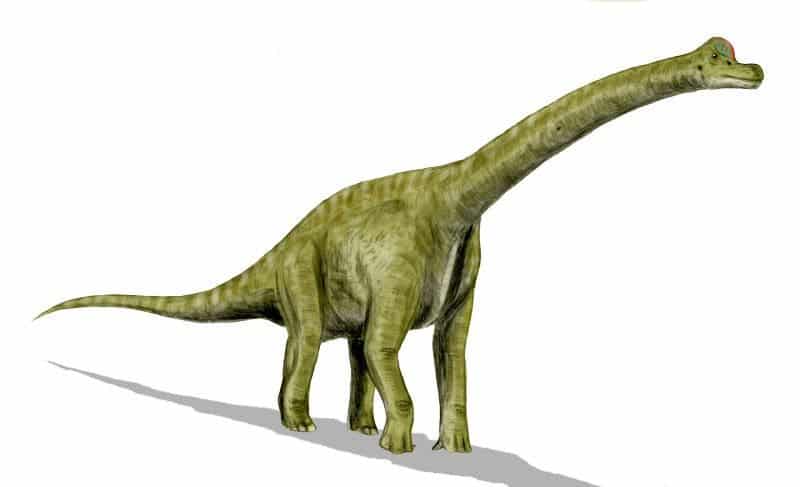
Brachiosaurus is another sauropod, similar to Diplodocus. In 1903, paleontologist Elmer S. Riggs named the dinosaur Brachiosaurus altithorax — where Brachiosaurus is Greek for “arm lizard” and altithorax means “deep chest.
Similar to Diplodocus, Brachiosaurus had a bird-like breathing system with air sacs for efficient respiration. However, Brachiosaurus was distinct in its size and body proportions, making it stand out among other dinosaurs. For example, it had uniquely long forelimbs, which were longer than its hind limbs, resulting in a steeply inclined trunk.
Iguanodon
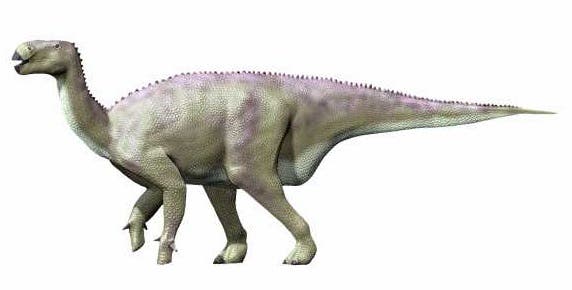
Iguanodon is another emblematic dinosaur. These large, bulky herbivores possessed prehensile fingers for foraging and large thumb spikes. The spikes would have been used as a close-quarter stiletto-like weapon against predators, although a more benign explanation would be that it was used to break into seeds and fruits.
While it’s not entirely clear what Iguanodon ate, its well-developed jaws suggest it was a dominant herbivore. Interestingly, Iguanodon may have started as a bipedal dinosaur in its early years but became more quadrupedal as it grew older and heavier.
Parasaurolophus

Parasaurolophus (whose name means “near crested lizard”) might not be the most famous dinosaur — but it sure looks recognizable. Parasaurolophus belonged to the hadrosaurid family, but its crest sets it apart from other species.
The exact purpose of the crest is still unclear. It may have served as a display for mating, thermoregulation, or acoustic resonance. Most likely, the crest had multiple functions, making it a unique feature among dinosaurs.
Hadrosaurus
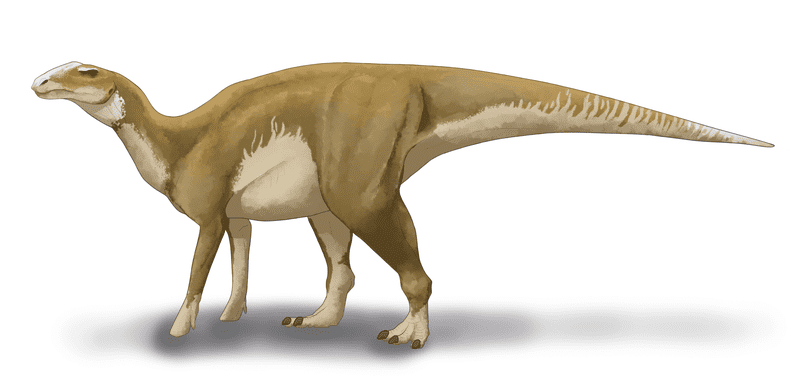
Hadrosaurus has a self-explanatory name, with hadros meaning “bulky” or “large” and sauros meaning “lizard.” As you might have guessed, Hadrosaurus was a large, bulky lizard—a common trait among herbivorous dinosaurs. The only species in its genus, Hadrosaurus foulkii, is known from a single specimen consisting of much of the skeleton and parts of the skull.
Hadrosaurus has traditionally served as the basis for a rather large subfamily called Hadrosaurinae, a largely crestless group of hadrosaurs. However, recent studies have revealed that Hadrosaurs are more primitive than their relatives, resulting in a restriction of the name Hadrosaurinae. This may explain the judgmental appearance depicted in the reconstruction above.
These are just a few examples of the countless dinosaurs that once roamed the Earth during the Mesozoic era, spanning from 233 million years ago to the present day.
Wait. Does that mean dinosaurs are still alive? Absolutely! Birds are the living descendants of dinosaurs, and it’s a remarkable example of how much a group of animals can change in geologic time.
